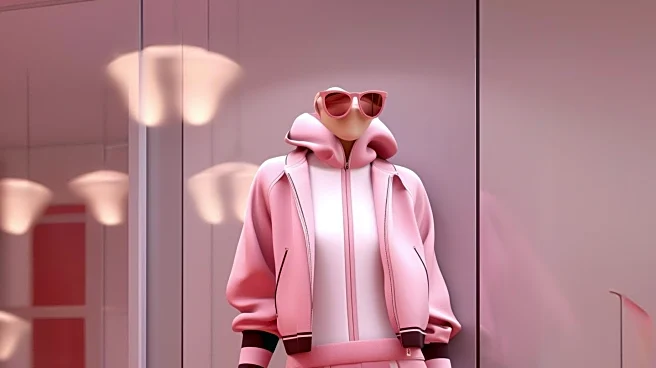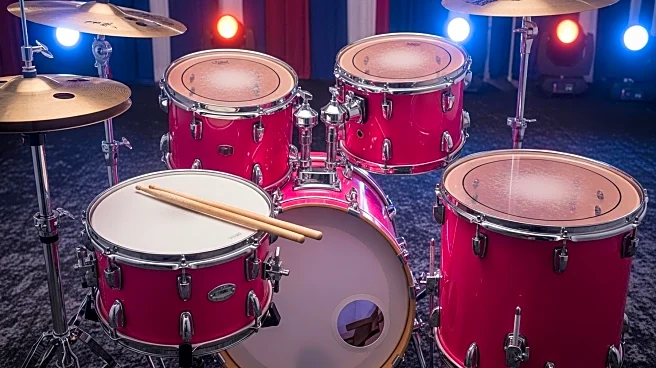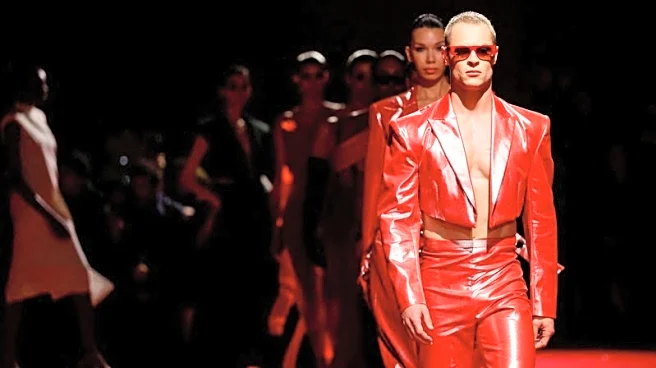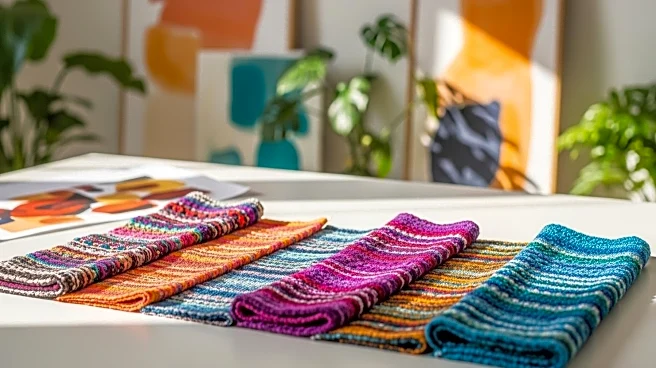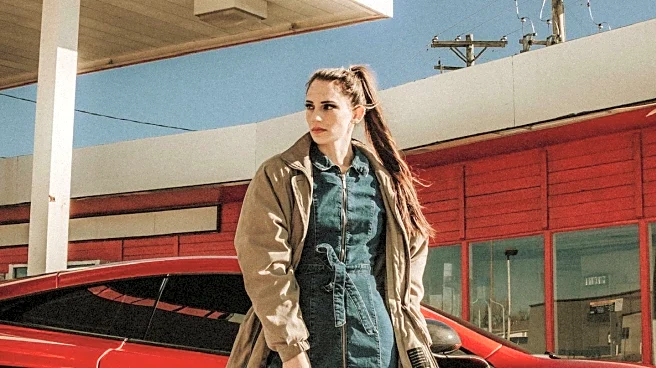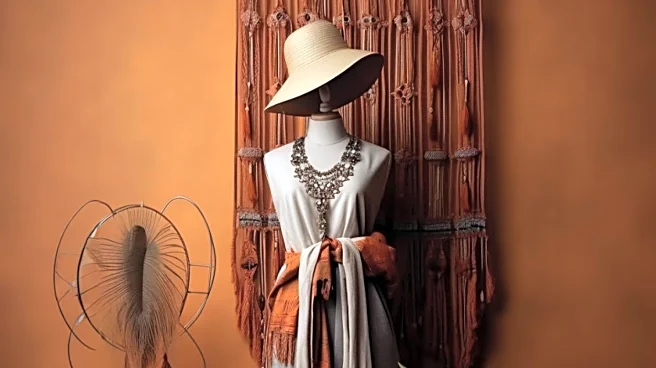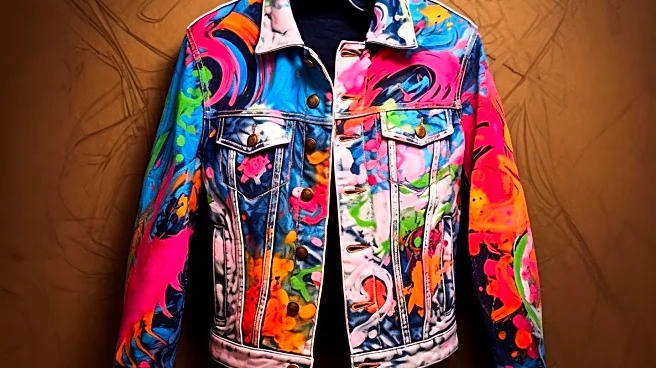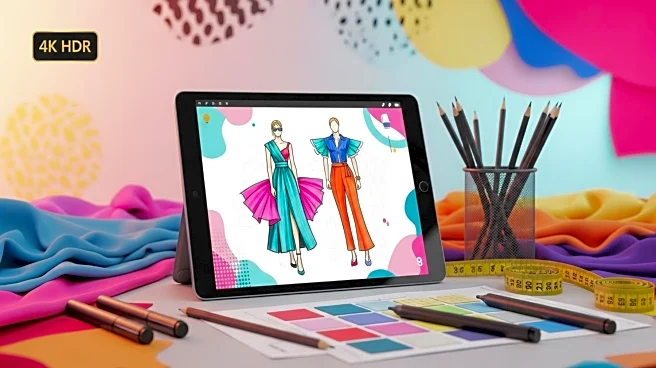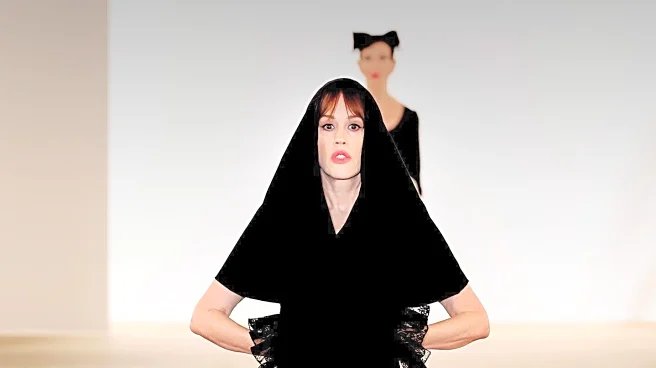What's Happening?
New York Fashion Week for Spring 2026 is setting the stage for an era-defining season with a focus on themes such as pink, patriotism, and percussion. Designers like Michael Kors, Henry Zankov, and Stacy Bendet are showcasing collections inspired by these themes. Michael Kors is emphasizing 'earthy elegance' with resort wear, while Zankov is exploring ultraviolet hues. Bendet's collection for Alice + Olivia features a patriotic collage. Elena Velez's collection hints at potential political protest, reflecting on the American dream. Alexander Wang returns to the fashion calendar after a two-year hiatus, with inspiration drawn from Mahjong tiles. Nicholas Aburn, debuting at Area, is inspired by New York City, aiming to capture the excitement of both day and night. The event also marks the 30th anniversary of Lafayette 148, with creative director Emily Smith drawing inspiration from Manhattan's springtime beauty. Other designers like Christian Juul Nielsen and Ib Kamara are incorporating themes of boarding school and pop romance, respectively.
Why It's Important?
The themes and collections presented at New York Fashion Week have significant implications for the fashion industry, influencing trends and consumer preferences for the upcoming season. The emphasis on pink and patriotism reflects broader cultural and societal trends, potentially impacting retail strategies and marketing campaigns. Designers' choices to incorporate political and cultural themes, such as Elena Velez's reflection on the American dream, highlight fashion's role as a medium for social commentary. The return of Alexander Wang and the debut of new designers like Nicholas Aburn signal shifts in the industry's creative landscape, offering fresh perspectives and innovation. The event also underscores the importance of New York as a global fashion hub, setting the tone for subsequent fashion weeks in Europe and beyond.
What's Next?
As New York Fashion Week progresses, the industry will closely watch how these themes resonate with audiences and influence future collections. Designers may continue to explore political and cultural narratives, potentially leading to more socially conscious fashion. Retailers and brands will likely adapt their strategies to align with emerging trends, focusing on colors, themes, and styles that gain traction during the event. The success of new and returning designers could shape the industry's direction, with potential collaborations and partnerships emerging as a result. The impact of these collections will extend beyond the runway, influencing consumer behavior and fashion marketing in the coming months.



